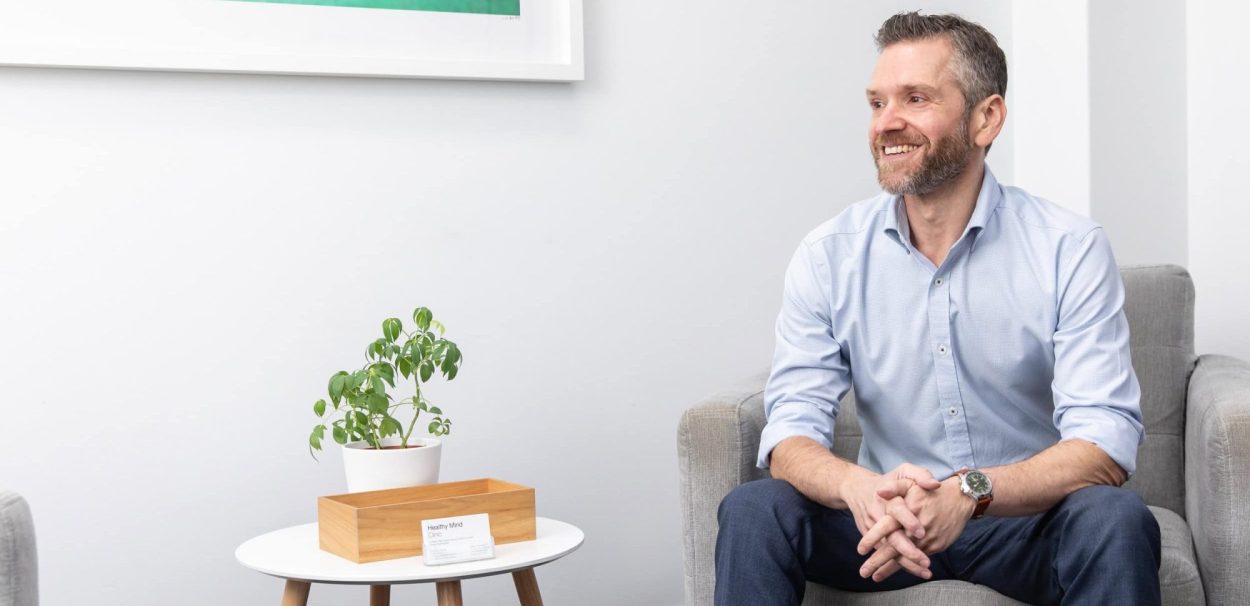
29 Jan Burnout prevention tip 1 – Be present
In my last post, I layed out five tips to help avoid burnout and stay healthy at work. In the next series of posts, I’ll go through each, one at a time. I’ll give you some extra tips for applying each one to help you build your mental buffer. Today’s post is all about ways to be present. This can help you handle burnout, anxiety and low mood.
So what does being present actually mean?
This is all about where you focus your attention. Where you focus your mind. This approach is part of mindfulness, but I won’t write about mindfulness in detail here – that’s for another post. Being present means bringing your awareness to what you’re doing in this moment. Our minds usually wander all over the place, especially into the past and into the future. Sometimes, it doesn’t matter. But, sometimes it’s really distracting. And often the mind can jump into the future and get stuck in thoughts about things that could go wrong. Then the loop of worry begins and anxiety follows. So, being present means focusing the mind on what is happening in this moment. The present moment.
How do I practice being present?
Here are a few ways to practice being present by focusing the mind. Try each one. You may find different ones useful, depending on the situation:
- Break task and drop anchor in the present moment – Stop what you’re doing for five minutes. Drop anchor in the present moment by focusing through one of your five senses. I often start my clients by attending through hearing or touch. For hearing, notice features of sound like the number of sounds you notice, how loud or soft different sounds are, whether they seem to move, or come and go. For touch, notice where your clothes make contact with your body, the sensation and texture of the fabric, how hot or cold it feels, the pattern or shape of the sensation, the sense and pattern of pressure where your body makes contact with the chair that you’re sitting on. At the end of 5 minutes, return to what you had intended to do in this moment.
- Engage through activity – This will depend on what you’re doing. Again, use one of your five senses to connect directly with what you’re doing in the moment. If you’re in a meeting, pay as much attention as you can to the sound of the voices in the room (or Zoom call). If you’re commuting, attend to the sounds around you, what you can see out the window, or the features of sensation you notice if you’re sitting. If your mind wanders, no problem. Just notice that it happened and gently return your focus to your current activity.
- Single focus – The aim here is to focus solely on the activity that you’ve chosen to do in this in moment. If it’s reading, focus on reading. If it’s writing emails, focus on that. If it’s writing lecture notes, focus on that. If thoughts of other tasks arise, write a short note (1 line max) so that you can attend to them later if you choose and return your focus to your chosen activity. Aim to do this for a 15-minute or 30-minute block (but, fine to make it more or less). At the end of the block, you can repeat with the same activity or shift to another one. Use this as much as you find helpful through the day.
Don’t be put off if you find your mind keeps wandering. That’s normal. Just keep practicing and you’ll find the skill will improve over time.
If you would like assistance with managing how you feel, please contact us on (02) 9119 8778 or email us on reception@healthymindclinic.com.au. We are able provide appointments in person, by phone and video conference. Rebates from Medicare and your private health fund may be available for appointments.
If you are in a mental health emergency, please contact Lifeline 13 11 14, the Mental Health Line 1800 011 511, Emergency 000 or go to your nearest hospital emergency department.

